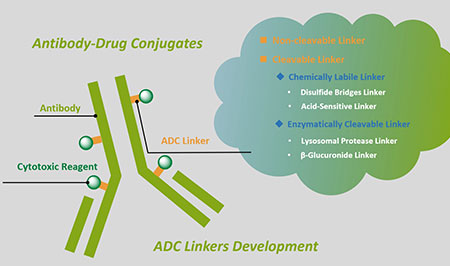1.Improvement of ansamitocin P-3 production by Actinosynnema mirum with fructose as the sole carbon source.
Li T1, Fan Y, Nambou K, Hu F, Imanaka T, Wei L, Hua Q. Appl Biochem Biotechnol. 2015 Mar;175(6):2845-56. doi: 10.1007/s12010-014-1445-6. Epub 2015 Jan 7.
Ansamitocin P-3 (AP-3) is an active and potent anti-tumor maytansinoid, which is usually produced by Actinosynnema spp. In this study, the effects of different carbon sources on biomass and AP-3 production by Actinosynnema mirum were investigated. The results showed great biomass production behavior of A. mirum in glucose medium comparatively to other carbon sources. Interestingly, when fructose was used as the sole carbon source, the highest yield of AP-3 was obtained, which was about fourfold than that of strain cultured in glucose after 168 h. Further analysis conducted in regard to better understanding of such observations in glucose and fructose defined media showed that fructose improves AP-3 production through the stimulation of the key genes of the secondary metabolism pathways. It was concluded that fructose could be a potential carbon source for cost-effective production of AP-3 from an industrial point of view.
2.Nocardiopsis ansamitocini sp. nov., a new producer of ansamitocin P-3 of the genus Nocardiopsis.
Zhang YG1, Liu Q2, Wang HF1, Park DJ3, Guo JW4, Kim CJ3, Zhang YM1, Li WJ5. Int J Syst Evol Microbiol. 2016 Jan;66(1):230-5. doi: 10.1099/ijsem.0.000703. Epub 2015 Oct 20.
An alkalitolerant actinomycete strain, designated EGI 80425T, capable of producing ansamitocin P-3, was isolated from a saline-alkali soil sample of Xinjiang province, north-west China, and subjected to a polyphasic taxonomic characterization. Strain EGI 80425T formed non-fragmented substrate mycelia and white aerial hyphae with long spore chains. Whole-cell hydrolysates of the isolate contained meso-diaminopimelic acid as the diagnostic diamino acid and rhamnose as the major sugar. The major fatty acids were anteiso-C17 : 0, iso-C16 : 0 and C18 : 1ω9c. The predominant menaquinones were MK-10(H4), MK-10(H6), MK-10(H8) and MK-9(H4). The G+C content of the genomic DNA of strain EGI 80425T was 70.2 mol%. Strain EGI 80425T showed highest 16S rRNA gene sequence similarity to Nocardiopsis dassonvillei subsp. dassonvillei DSM 43111T (96.44 %). Phylogenetic analysis showed that strain EGI 80425T clustered with the members of the genus Nocardiopsis.
3.Process optimization with alternative carbon sources and modulation of secondary metabolism for enhanced ansamitocin P-3 production in Actinosynnema pretiosum.
Fan Y, Gao Y, Zhou J, Wei L, Chen J, Hua Q. J Biotechnol. 2014 Dec 20;192 Pt A:1-10.
Ansamitocin P-3 (AP-3), synthesized by Actinosynnema pretiosum, is a microtubule disruptor with significant antitumor activity. Although efforts have been made for the study of ansamitocin biosynthetic gene clusters and its fermentation improvement, the yield and productivity of AP-3 are still limited. In this study, fructose was found to be more beneficial to AP-3 production than glucose, and the culture condition was optimized via single-factor experiments and response surface method. The AP-3 concentration in the Erlenmeyer flasks reached 144 mg/L with the optimized medium containing fructose 9.36 g/L, glycerol 26.79 g/L and soluble starch 3.03 g/L, increased by ninefold compared with that before optimization. The result of medium optimization showed that fructose was an important element for effective increase in AP-3 production. Transcription of genes involved in primary metabolism and ansamitocin biosynthetic pathway was investigated to elucidate metabolic responses of cell metabolism to the substitution of fructose for glucose.
4.Preparation of new alkyne-modified ansamitocins by mutasynthesis.
Harmrolfs K1, Mancuso L1, Drung B1, Sasse F2, Kirschning A1. Beilstein J Org Chem. 2014 Mar 3;10:535-43. doi: 10.3762/bjoc.10.49. eCollection 2014.
The preparation of alkyne-modified ansamitocins by mutasynthetic supplementation of Actinosynnema pretiosum mutants with alkyne-substituted aminobenzoic acids is described. This modification paved the way to introduce a thiol linker by Huisgen-type cycloaddition which can principally be utilized to create tumor targeting conjugates. In bioactivity tests, only those new ansamitocin derivatives showed strong antiproliferative activity that bear an ester side chain at C-3.







